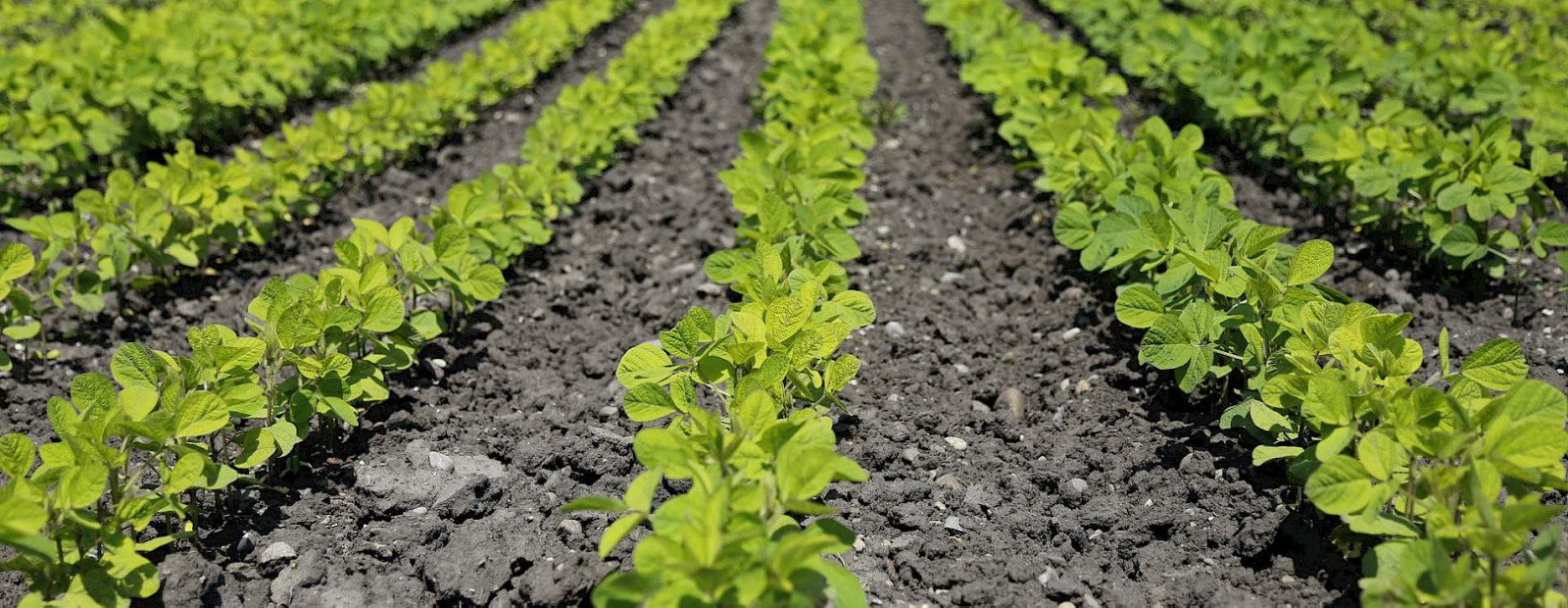Every year, about ten million tons of food is wasted in the Nordics. While we are good at utilizing that food waste, the region is still struggling with achieving some of the important Sustainability Development Goals (SDG). These are my thoughts on the importance of improving both the sustainability of food production and the resilience of food supply chains.
Every year, the amount of food wasted in the Nordics is enough to feed more than 20 million people. About five million tons are from households’ food waste, and the rest comes from across the Nordic food supply chain [1]. This waste of resources is only the tip of the iceberg; the resources that went into producing, processing, packaging, and transporting that food are invisible. Add to that the vast amounts of chemicals, energy, fertilizer, land, and water wasted annually due to the food waste. The resulting impact on the environment is enormous.
Seek the root cause
About 90% of food waste generated in Nordics is collected and used to produce energy and biogas or animal feed. This is all fine, but we need to face the problem at its root. Improving the sustainability of food production is essential to combat climate change and achieve the sustainability goals necessary to enhance the resiliency of food supply chains in the Nordics.
Food plays a significant role in the Nordic region’s economy. About 40% of the food is imported, while the region is also a major exporter of food products such as fish, cereal products, and pork. During the region’s extreme weather in the summer of 2018, the Nordic countries felt the impact of climate change.
Higher food waste
Nordic consumers and industries face major challenges in achieving several SDGs, especially those related to food and agriculture. The UN Food and Agricultural Organization’s (FAO) statistics show that in the five Nordic countries, most of the inefficiency in the food chain is at the end of the food supply chain and due to the consumption behaviors of the end consumers [4]. This is unlike the situation in developing countries, where most of the waste is during the post-harvest and processing stages.
Most Nordic countries occupy the top ranks of the world SDG index, but this might be misleading because the average food wasted by consumers in the Nordics is 10% to 20% higher than the EU average. This is more than 900% higher than Sub-Saharan Africa and South and Southeast Asia, where the average consumer wastes less than 10 kg of food per annum (see Table 1).

The progress in achieving sustainable development goals is slow
Looking at the Nordic food production industry does not present a much better situation. According to the 2021 Sustainable Development Report, the progress of the Nordic countries is insufficient, and even backward, in achieving their goals related to some critical SDGs pertaining to sustainable food production. For example, none of the Nordic countries are improving metrics related to responsible consumption and production under SDG12, sustainable Nitrogen management under SDG2, and preserving ocean health as an essential part of SDG14.
From Cognizant’s perspective, improving these SDGs can highlight opportunities for the Nordics along two dimensions: reducing the household and retail waste and improving the sustainability of agriculture and the aquaculture industry. How then can this be done? This is something I will cover in my next blog post.
Want to learn about sustainable innovation? Go here to read more about our sustainable initiatives

















